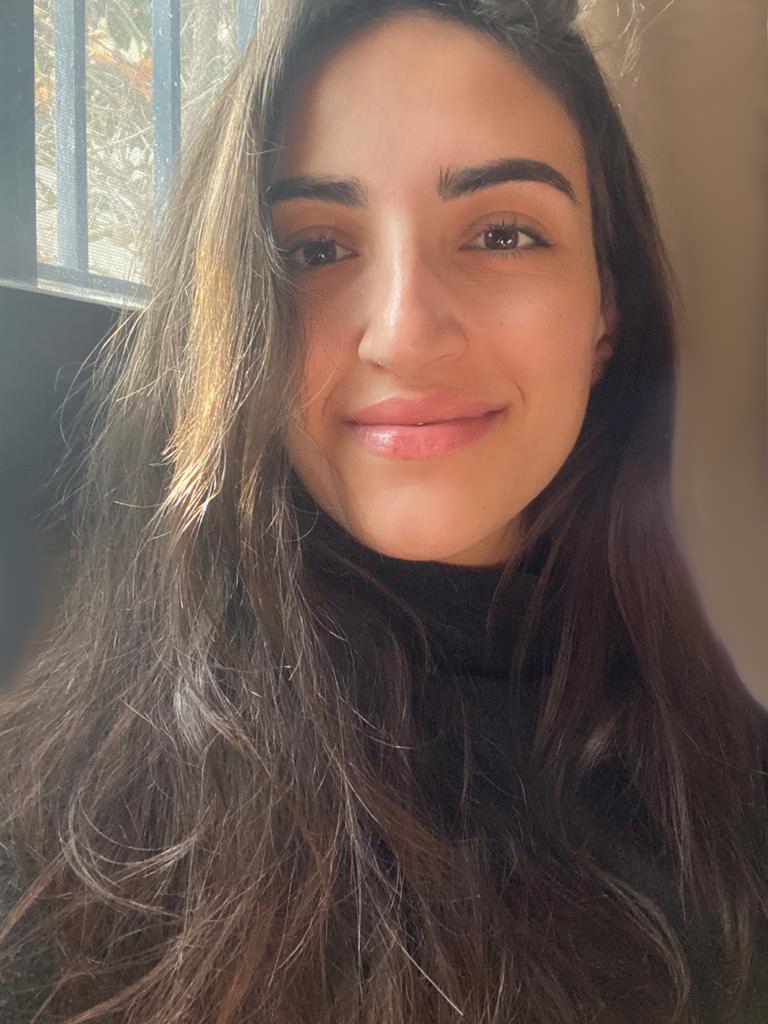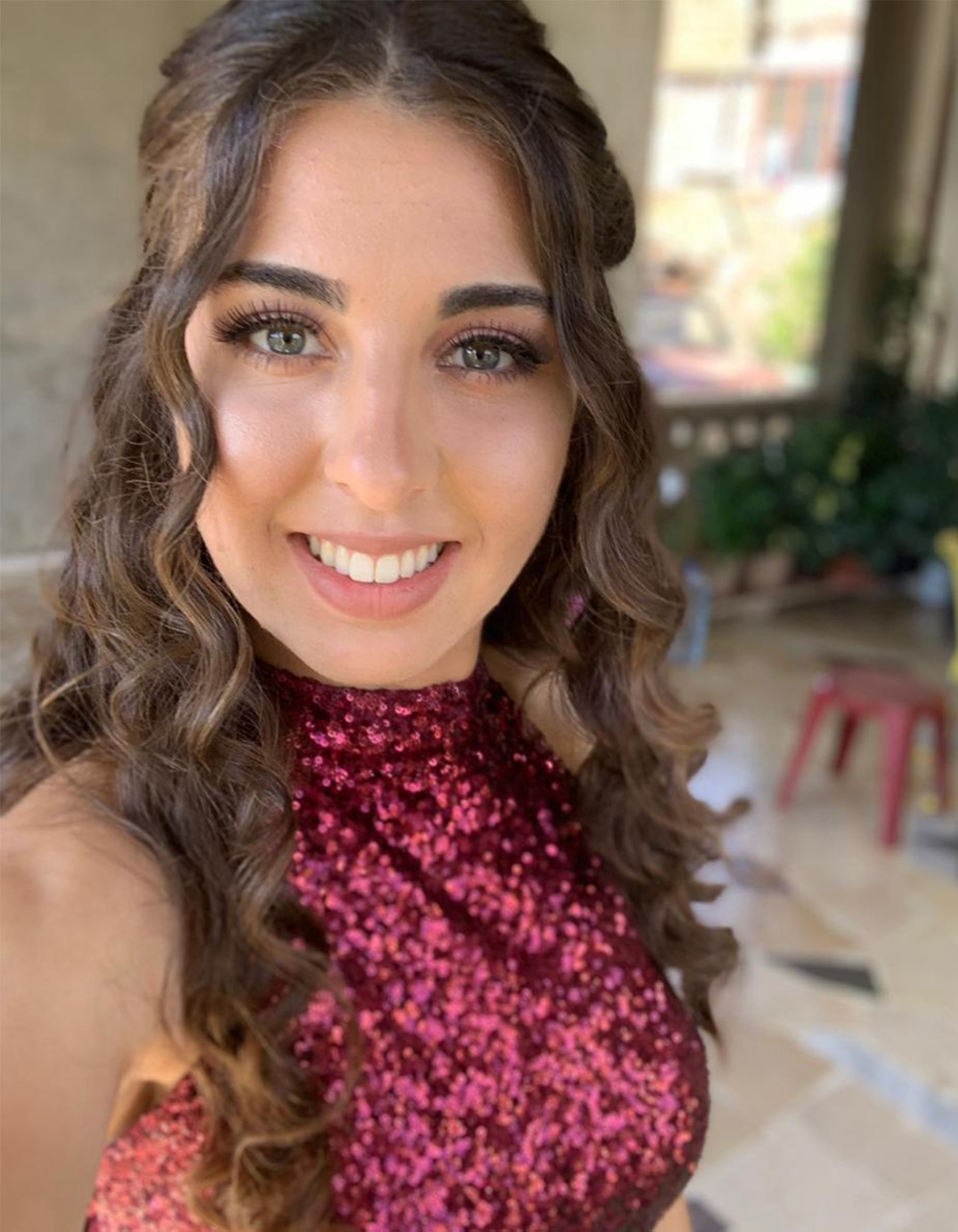Stanford University: Educational Technology Course (Fall 2020)
As part of the MUBS Virtual Exchange Program, students from the Education Department at MUBS and Stanford University's Learning, Design, and Technology Program joined forces to design an online learning module as part of their Education Technology class. The students addressed challenges facing educators and learners in Lebanon, by designing a mobile application that utilizes gamification and immersive learning experiences to explain the science curriculum for school children attending grade 5 in rural regions of Lebanon.
The joint MUBS-Stanford class comes at a critical time for educators as the world shifts to virtual and online learning environments, and has benefited from the input of education technology experts in California and Stanford, who offered guidance and mentorship to the Lebanese and American students who attended the class. Students hope that "this memorable experience will be a platform upon they can build and develop a complete curriculum that can be utilized in Lebanese schools across the country", stated Zeina Yehya, who worked with her MUBS classmates Diaa Thebian and Najla Kais, and Renato Russo, Isabel Salovaara, and Eli Strauss-Reiss from Stanford.
Keith Bowen, PhD and Hanin Ibrahim, professors supervising the Education Technology class in Stanford and MUBS, respectively, were pleasantly surprised by the passion shown by the students as they worked on their capstone project. They believe that such collaborations will open the door for future breakthroughs in the field of education technology, and highlight the need for a multi-disciplinary and multi-cultural approach to address challenges that face educators around the world.
The MUBS Virtual Exchange Program was launched in 2015 by education technology experts and scholars from Stanford University, California, and MUBS, Beirut, to enhance cultural understanding, address challenges to educational access and equity, and build bridges across borders to develop knowledge and lasting connections.
Testimonials
NWN in Numbers
6
Different locations
10,000
Beneficiaries
Funded
Projects



